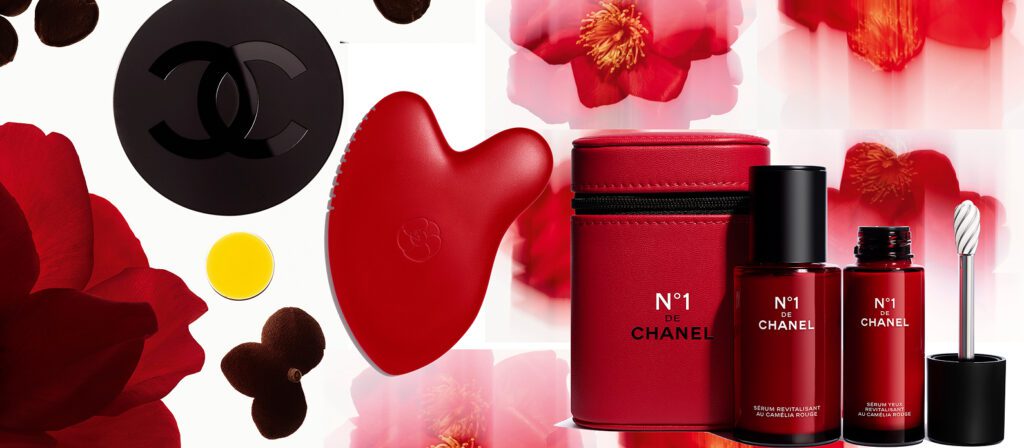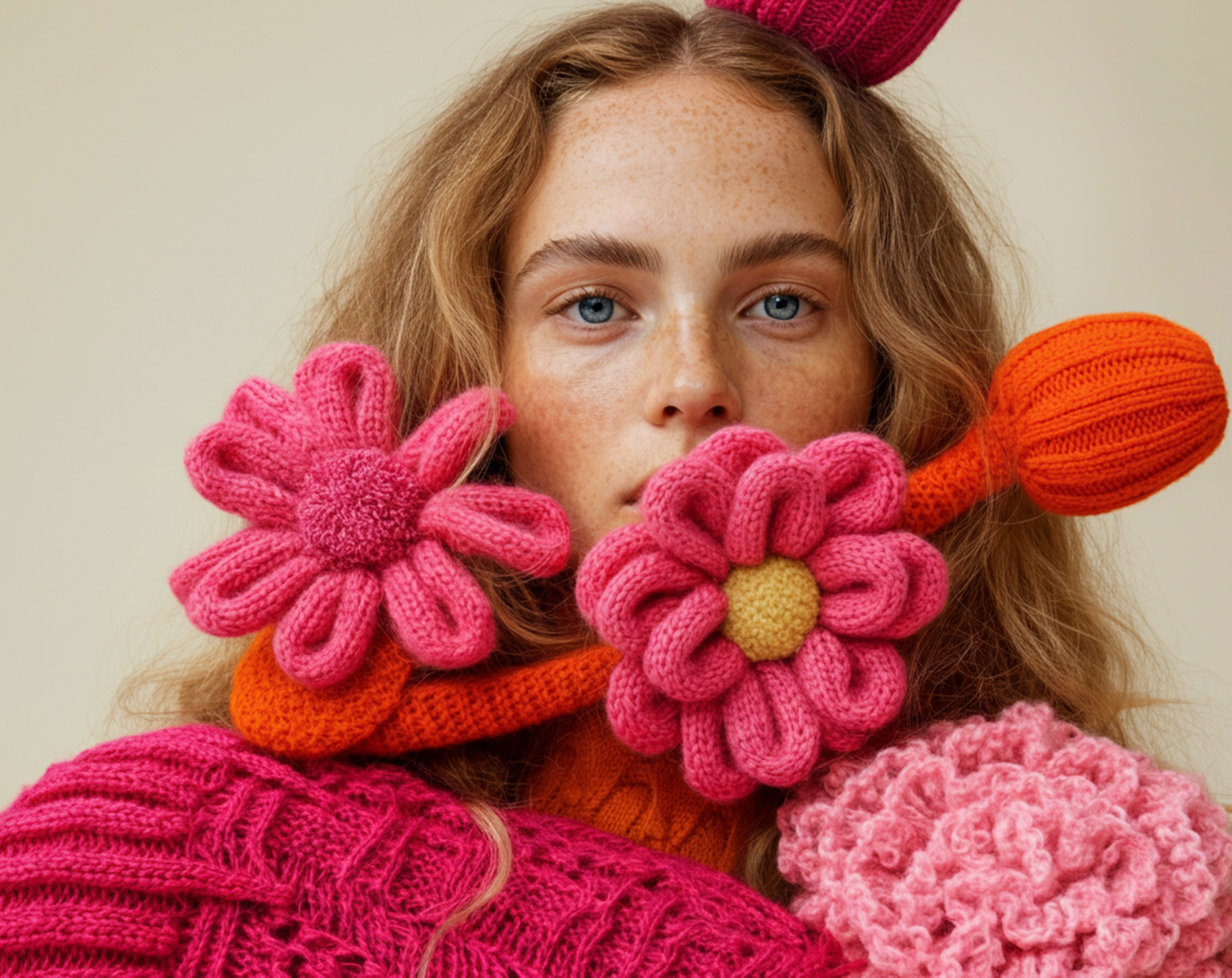Not all revolutions begin in a laboratory. Some are born in the most unexpected places: a greenhouse, among petals that defy death.
The House of CHANEL did not simply find a flower; it uncovered a biological enigma, a flaw in nature’s perfect symmetry. At the heart of the red camellia, science found something extraordinary: a bloom that resists time, that does not fade, that refuses to obey the natural order.
From this discovery, N°1 DE CHANEL was born—not a line that seeks to conquer time, but one that learns its language. This is the story of the flower that never should have been found.
The flower that refused its fate
Flowers are born, they bloom, they die. That is the law of nature.
Except when it isn’t.
The red camellia, one of the rarest of its kind, has baffled botanists for years. Its resistance to time is not just an evolutionary quirk. When CHANEL Research decided to study it closely, they discovered something that challenges everything we understand about cellular aging.
Every living organism has a limit. Cells stop dividing. They lose vitality. They begin to affect their neighbors. This process, known as cellular senescence, is the beginning of deterioration.
But the red camellia seemed to have found a way to slow this process down.
The key was in its chemistry.
Analysis revealed that its petals contained an unusually high concentration of protocatechuic acid, a powerful antioxidant capable of blocking the biological markers of cellular aging. This flower was not fighting time. It was ignoring it.

A flower that teaches the skin to resist
Like this flower, human skin is subject to time and its surroundings. UV radiation, pollution, and stress accelerate cellular senescence, dulling its radiance and weakening its structure.
Scientists at CHANEL Research, in collaboration with the University of Vienna, spent 12 years understanding how the skin could learn from the red camellia. And they succeeded.
When applying red camellia extract to human skin cells, the results were astonishing:
Cell vitality increased by 67%.
Tissue regeneration mechanisms improved by 63%.
But the most fascinating discovery was not the immediate effect—it was how the skin adapted over time. As if it were learning, just like the camellia, to resist rather than deteriorate. From this discovery, N°1 DE CHANEL was born—a skincare line that doesn’t seek to stop time but teaches the skin how to negotiate with it.
N°1 DE CHANEL: Formulas Designed for Resilience, Not Just Youth
Each treatment in the line translates the language of the red camellia into an advanced formula:
Revitalizing Serum: Activates the skin’s internal repair mechanisms.
Redensifying Cream: Strengthens the skin’s barrier, improving elasticity.
New Plumping Cream: Enriched with red camellia extract and ceramides, it strengthens the skin and enhances elasticity to restore its natural volume.
New Massage Tool: A device designed to amplify the benefits of the treatment, optimizing the absorption of active ingredients and stimulating microcirculation.
Clinical studies confirm it:
– After 7 days, the skin appears denser and firmer.
– After 1 month, pores are less visible, and the skin feels smoother.
– After 2 months, wrinkles are reduced by 30%, elasticity improves by 51%, and luminosity increases by 46%.
This is not just a promise. It’s science.
Not all stories about the skin are about youth. Some are about resilience. Some are about rewriting the rules.
Immortality Is Not Youth—It’s Resilience
Weeks later, the CHANEL researcher returned to the greenhouse. The other flowers had followed their natural course. Some had withered, others had been replaced.
But in its corner, the red camellia was still there.
Not all stories about the skin are about youth. Some are about resilience. Some are about rewriting the rules.
Some begin with a flower that never learned to die.
Or perhaps, it simply never wanted to.




